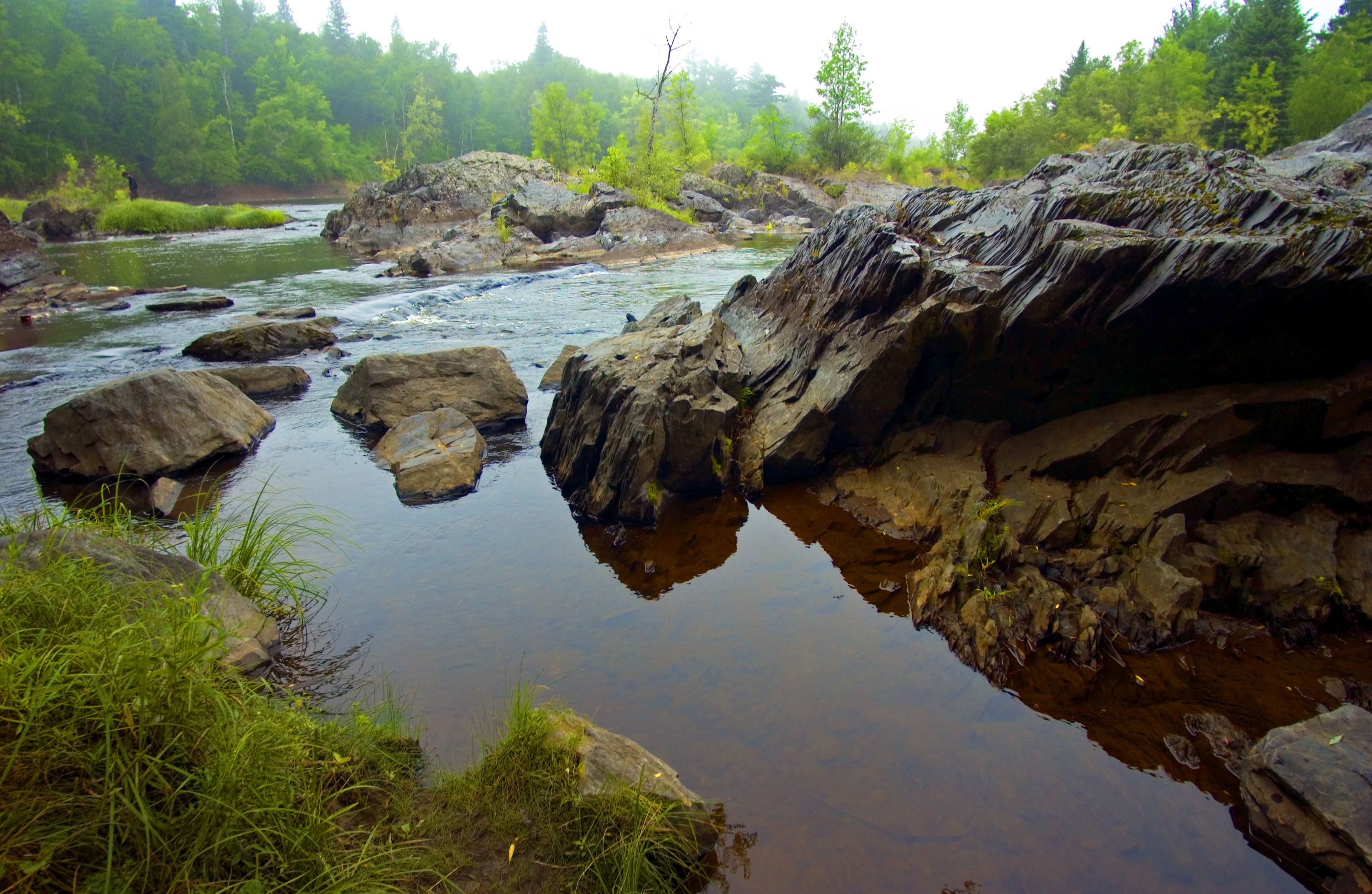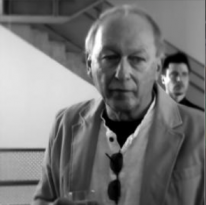Adjunct Professor Dean Abbott (Landscape Architecture) was recently named a Pioneer of American Landscape Design by The Cultural Landscape Foundation (TCLF).

The Pioneers program "chronicles the lives and careers of those who have designed our gardens, parks, streets, campuses, cemeteries, suburbs, and the innumerable other environments in which we live” (TCLF), and counts Frank Lloyd Wright and Frederick Law Olmsted among its ranks. In this interview, Abbott discusses his favorite projects, his career, and gives some advice to students.
Congratulations on this huge honor! Your TCLF profile highlights your work on the Charlottesville Pedestrian Mall, the Franklin Delano Roosevelt Memorial, and the redesign of Boston’s Copley Square. Excluding these three, do you have a project that has stuck with you as a personal favorite?
Some other favorites include the South Street Seaport in New York City and the Ohio Veterans’ Memorial in Columbus. But the project that is probably my most favorite is one that never got built. It was a fountain for a plaza associated with an office building at Coenties Slip in NYC. It was briefly envisioned as a cascading fountain inspired by the ledge-rock formations found in the eastern United States. We experimented with having parts of the fountain gradually erode overtime to set up a dramatic visual contrast between the static rigid geometry of the overall built form and the natural process of water flow. Unfortunately, the building project was canceled so we never got the chance to see if we could pull all of that off.
Throughout your career, you’ve demonstrated an interest in movement and how it interacts with design. How did you develop this interest?
Movement has always been part of making physical places and I’ve always been interested in how people move through their environment. I’m fascinated by how the same space can feel different depending on the paths one takes through it and how space itself “moves” with the seasons, the time of day, etc. For me, playing with and articulating movement has always been a basic design principle.
Any advice for landscape architects just starting their careers?
Let me start by explaining my own path. There was planning involved. There was luck involved. There was being in the right place at the right time. All of these factors played a role as I moved forward in my career. Due to my leanings before school and the influence of my teachers at Michigan State and Harvard, I knew I wanted to be an artist/designer and to get the projects I authored built. That led me to apply at design firms who were on the cutting edge. But it wasn’t until I joined Lawrence Halprin & Associates that I had my “ah-ha” moment. Working there was when I experienced how art and design could interact within landscape architecture. From that point on I knew exactly what I wanted. I wanted to be an artist/designer of projects that were socially oriented; mostly in an urban context; and that were built, experienced, and felt by their users.
So my advice is to take the first step based on what you think you want to do at the time. Have a plan but stay open to what may come up. If you don’t know what you want to do, seek out your passion, the thing that will keep you excited about going to work each day. For me it was the opportunity to design, to create, and to say something about how I see the physical world and what I’d like it to be.
Though easily forgotten and often misunderstood, the infrastructures of wastewater treatment are closely tied to our everyday lives.
Last fall the Department of Landscape Architecture gave second and third-year master’s students the opportunity to select their own studios for the very first time.
High above the Arctic Circle in the fishing village of Vardø, Norway sits the Steilneset Memorial. Created by architect Peter Zumthor and artist Louise Bourgeois, the memorial remembers the 91 women and men who were burned at the stake after being found guilty of sorcery in 1621.






